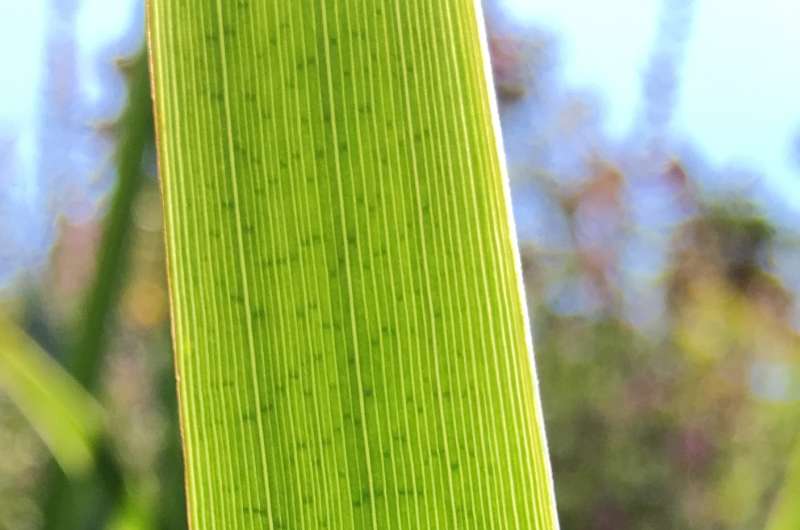The origin of the chloroplast

A new study, led by the University of Bristol, has shed new light on the origin, timing and habitat in which the chloroplast first evolved.
The Earth's biosphere is fuelled by photosynthesis. During this fundamental process algae and plants capture sunlight and transform carbon dioxide into carbohydrates, splitting water and releasing oxygen. Photosynthesis takes place in green specialised subunits within a cell known as chloroplasts.
Scientists have known that algae and land plants evolved after a more complex organism with a nucleus known knows as eukaryotes; this ancient eukaryote swallowed a photosynthesising bacteria are commonly known as blue-green algae or cyanobacterium.
While, it is accepted that cyanobacteria, are the ancestors of the chloroplast, it is unclear which of the cyanobacteria are closest related to the chloroplast, when this association first appeared in geological terms, and in which type of habitat this association first took place. This new study shows that the chloroplast lineage split from their closest cyanobacterial ancestor more than 2.1 billion years ago in low salinity environments.
It took another 200 million years for the chloroplast and the eukaryotic host to be intimately associated into a symbiotic relationship. This evolutionary study also revealed that marine algae groups diversified much later on at around 800—750 million years ago.
The study's lead author, Dr Patricia Sanchez-Baracaldo, a Royal Society Research Fellow at the University of Bristol's School of Geographical Sciences, said: "The results of this study imply that complex organisms such as algae first evolved in freshwater environments, and later colonised marine environments—these results also have huge implications to understanding the carbon cycle.
"Genomic data and sophisticated evolutionary methods can now be used to draw a more complete picture of early life on land; complementing what has been previously inferred from the fossil record."
Professor Davide Pisani from the Schools of Biological and Earth Sciences said: "Our planet is a beautiful place and it exists in such a sharp contrast with the rest of the solar system. Think about those beautiful satellite pictures where you see the green of the forests and the blue/green tone of the water.
"Well, Earth was not like that before photosynthesis. Before photosynthesis it was an alien place, inhabitable by humans. Here we made some big steps to clarify how Earth become the planet we know today, and I think that that is just wonderful."
More information: 'Early photosynthetic eukaryotes inhabited low salinity habitats' P. Sánchez-Baracaldo. J. Raven, D. Pisani and A. Knoll, PNAS (2017). dx.doi.org/10.1073/pnas.1620089114
Journal information: Proceedings of the National Academy of Sciences
Provided by University of Bristol




















